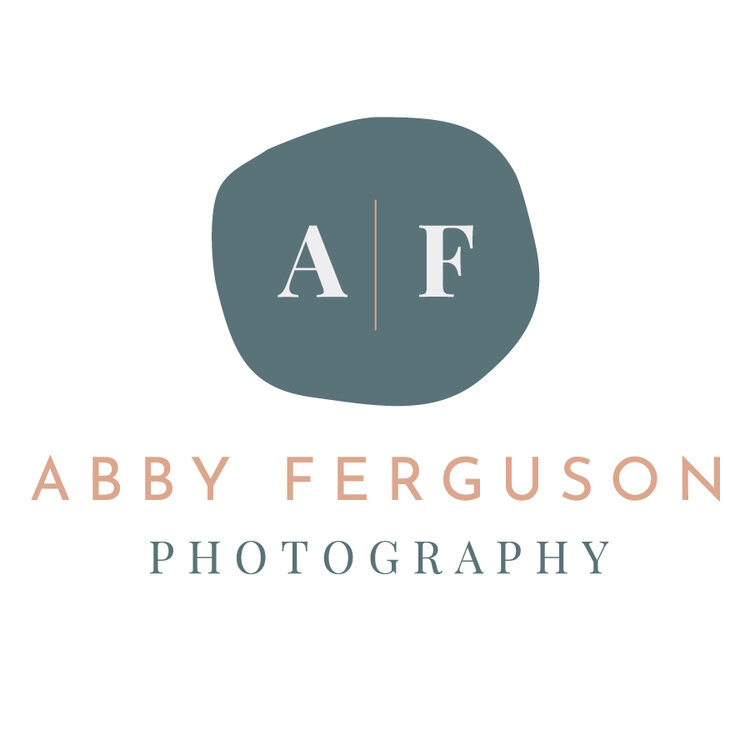Buckle up, folks. This next feature is an artist in a different sense of the word, but an artist nonetheless. I have a boatload of images to share with you all since we covered so many different parts of her process, so in order to keep this from being an epic of a blog post I am breaking it up into two parts. Today is all about the gathering of materials and next week will focus on the making of the products! Without further ado, let’s jump in!
Rebel’s Roost Farm & Apiary
Rebel’s Roost is a farm and apiary here on the Big Island, producing a wide range of products that are all simply amazing. Kelli, the mastermind and artist behind Rebel’s Roost, is a wealth of knowledge and incredibly kind and welcoming to boot. She was generous enough to have me up to the farm for a marathon afternoon of beekeeping, goat milking, and soap and honey making. I had about one million questions for her over the course of the shoot and learned so much just in that one afternoon. I’m going to keep things short and sweet here in terms of text since I already have so much to share, but will give you some of my favorite little tidbits from each part of the day!
We kicked off our session by checking out the bees in the apiary with the ultimate goal of getting some honeycomb for honey making.
This was my first time experiencing an apiary up close and to be honest, it was a little intimidating for me! Kelli was great, however, and walked me through it all before we got started so that I knew what to expect, and also gave me the full bee suit for protection, so that helped ease my worries a ton.
We went through one hive piece by piece, with Kelli explaining all the different parts of the process and things to look for along the way. She showed me how to identify males (drones) in the honeycomb and explained that they don’t really serve a purpose other than using up resources and mating. We found a few sections of the hive that were almost entirely drone larvae, which she will sometimes break off and give to the chickens in order to keep the colony balanced and healthy. We chatted about everything from pests that can wreak havoc on the hives to how you can tell what types of flowers the bees are going to based on the color of the honey. The bees happily buzzed around us while we chatted, and seemed pretty unbothered by us peaking into their home.
This hive didn’t have much ready for harvest but did have lots of unique things going on for me to learn about. Kelli did end up finding one section that had a good chunk of capped off honeycomb, which was enough for showing me the process of making the honey once we got back to her honey room. She brushed off the bees and away we went to see the goats.
On our way to the goats, we stopped by a portion of the garden to see some of the plants that she uses in her soaps. The one we worked with that day was Mamaki, which is a member of the nettle family (though they don’t sting) and endemic to Hawaii. The leaves are frequently dried and made into a tea and it has historically been used as a medicinal plant here in Hawaii. Kelli grows the Mamaki there on her farm and then dries the leaves in a solar-powered dehydrator.
The goats were next up, much to my excitement. I had met them once before when I picked up some honey; they are seriously the sweetest things and any time spent with them is a good time. These girls were so excited for their chance to be milked and ran right up to the milking table when it was their turn (it helped that treats are involved). Kelli let me have a try at milking, which was an awesome experience!
Once we finished milking a few of the goats, we headed inside to get to work on the making part of two of her products: creamed honey and goat milk soap. I’ll be sharing those images next week so that you don’t have to wait two weeks to see the next part of this session! Be sure to subscribe via the form below so that you don’t miss out!
